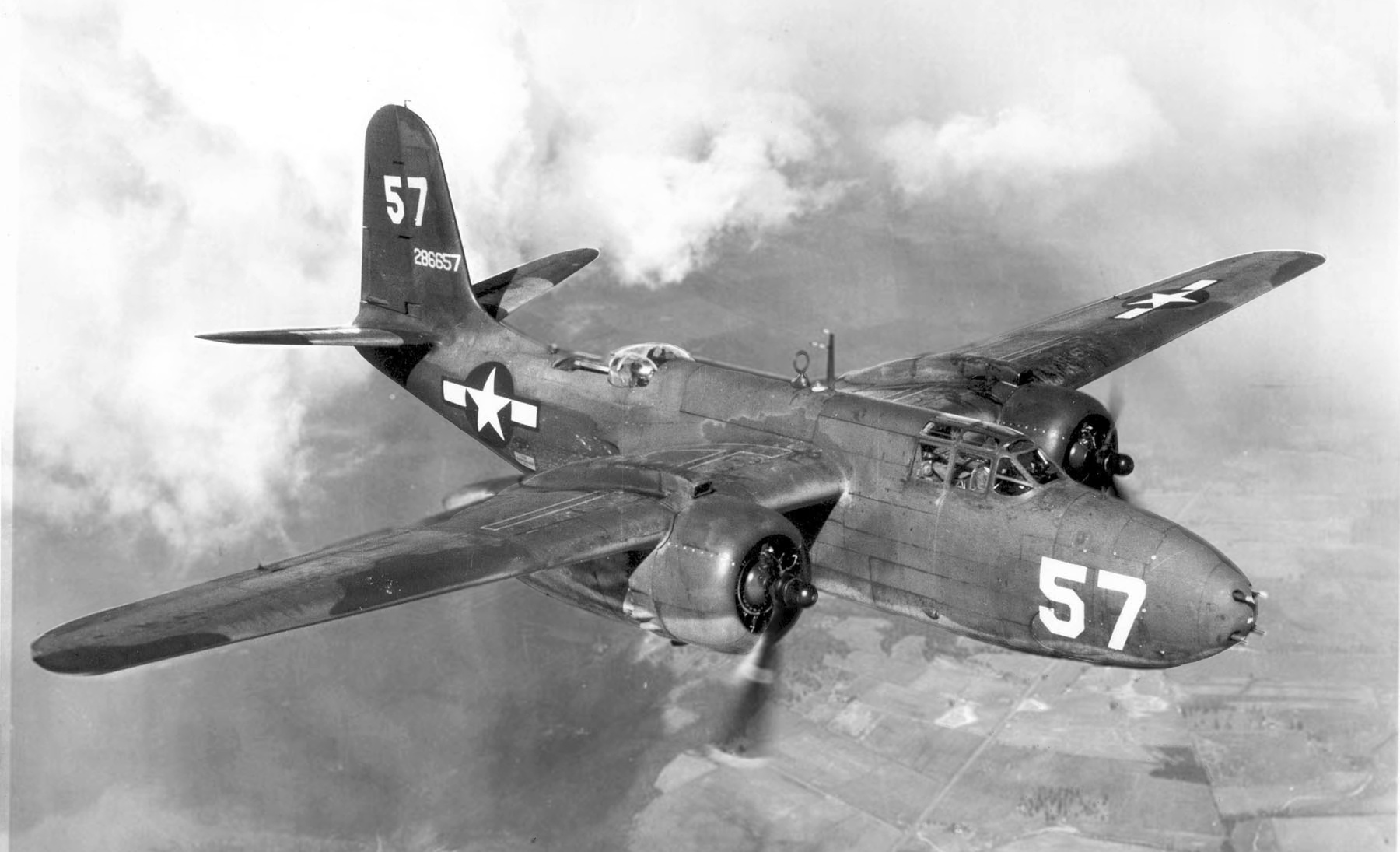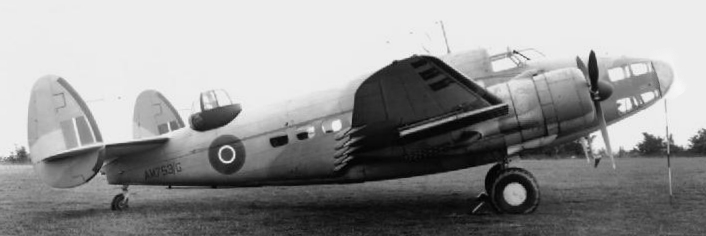American Volunteer Group on:
[Wikipedia]
[Google]
[Amazon]
 The American Volunteer Groups were volunteer air units organized by the United States government to aid the Nationalist government of China against
The American Volunteer Groups were volunteer air units organized by the United States government to aid the Nationalist government of China against
 The 1st American Volunteer Group were recruited starting on 15 April 1941, when an unpublished executive order was signed by President Roosevelt. A total of 100 P-40Bs were obtained from Curtiss-Wright, by convincing the
The 1st American Volunteer Group were recruited starting on 15 April 1941, when an unpublished executive order was signed by President Roosevelt. A total of 100 P-40Bs were obtained from Curtiss-Wright, by convincing the
"Hammerhead Stalls and Snap Rolls: Written in the mid-1980s." (Tales of the Tigers: The Flying Tigers Tell some of their stories)
''AVG: American Volunteer Group, The Flying Tigers,'' 1998. Retrieved: 4 July 2011.
 In the fall of 1941, the 2nd American Volunteer Group was equipped with 33 Lockheed Hudson (A-28) and 33 Douglas DB-7 (A-20) bombers originally built for Britain but acquired by the U.S. Army as part of the
In the fall of 1941, the 2nd American Volunteer Group was equipped with 33 Lockheed Hudson (A-28) and 33 Douglas DB-7 (A-20) bombers originally built for Britain but acquired by the U.S. Army as part of the
Roster of the 2nd AVG
* {{Republic of China Air Force Flying Tigers Republic of China Air Force Groups of the United States Army Air Forces China–United States military relations
 The American Volunteer Groups were volunteer air units organized by the United States government to aid the Nationalist government of China against
The American Volunteer Groups were volunteer air units organized by the United States government to aid the Nationalist government of China against Japan
Japan ( ja, 日本, or , and formally , ''Nihonkoku'') is an island country in East Asia. It is situated in the northwest Pacific Ocean, and is bordered on the west by the Sea of Japan, while extending from the Sea of Okhotsk in the n ...
in the Second Sino-Japanese War
The Second Sino-Japanese War (1937–1945) or War of Resistance (Chinese term) was a military conflict that was primarily waged between the Republic of China and the Empire of Japan. The war made up the Chinese theater of the wider Pacific T ...
. The only unit to actually see combat was the 1st AVG, popularly known as the Flying Tigers
The First American Volunteer Group (AVG) of the Republic of China Air Force, nicknamed the Flying Tigers, was formed to help oppose the Japanese invasion of China. Operating in 1941–1942, it was composed of pilots from the United States ...
.
To aid the Nationalist government of China and to put pressure on Japan, President Franklin Roosevelt
Franklin Delano Roosevelt (; ; January 30, 1882April 12, 1945), often referred to by his initials FDR, was an American politician and attorney who served as the 32nd president of the United States from 1933 until his death in 1945. As the ...
in April 1941 authorized the creation of a clandestine "Special Air Unit" consisting of three combat groups equipped with American aircraft and staffed by aviators and technicians to be recruited from the U.S. Army, Navy
A navy, naval force, or maritime force is the branch of a nation's armed forces principally designated for naval and amphibious warfare; namely, lake-borne, riverine, littoral, or ocean-borne combat operations and related functions. It in ...
and Marine Corps for service in China. The program was fleshed out in the winter of 1940–1941 by Claire Lee Chennault, then an air advisor to the Chinese Nationalist leader Chiang Kai-shek, and Lauchlin Currie, a young economist in the Roosevelt White House. They envisioned a small air corps of 500 combat aircraft, although in the end, the number was reduced to 200 fighters and 66 light bombers.
1st AVG (Flying Tigers)
 The 1st American Volunteer Group were recruited starting on 15 April 1941, when an unpublished executive order was signed by President Roosevelt. A total of 100 P-40Bs were obtained from Curtiss-Wright, by convincing the
The 1st American Volunteer Group were recruited starting on 15 April 1941, when an unpublished executive order was signed by President Roosevelt. A total of 100 P-40Bs were obtained from Curtiss-Wright, by convincing the British Government
ga, Rialtas a Shoilse gd, Riaghaltas a Mhòrachd
, image = HM Government logo.svg
, image_size = 220px
, image2 = Royal Coat of Arms of the United Kingdom (HM Government).svg
, image_size2 = 180px
, caption = Royal Arms
, date_est ...
to take a later more advanced batch of P-40s in exchange. The group assembled at RAF Mingaladon in Burma
Myanmar, ; UK pronunciations: US pronunciations incl. . Note: Wikipedia's IPA conventions require indicating /r/ even in British English although only some British English speakers pronounce r at the end of syllables. As John C. Wells, Joh ...
by November 1941 for training, where it was organized into three squadrons and established a headquarters. After the Japanese invasion of Burma, the AVG fought alongside the Royal Air Force
The Royal Air Force (RAF) is the United Kingdom's air and space force. It was formed towards the end of the First World War on 1 April 1918, becoming the first independent air force in the world, by regrouping the Royal Flying Corps (RFC) an ...
in defense of Rangoonn Under Chennault's command, the Flying Tigers became famous in the defense of Burma and China. It was disbanded and replaced by the United States Army Air Forces
The United States Army Air Forces (USAAF or AAF) was the major land-based aerial warfare service component of the United States Army and ''de facto'' aerial warfare service branch of the United States during and immediately after World War II ...
' (AAF) 23rd Fighter Group in July 1942, with only five of its pilots choosing to continue with the AAF.Older, Chuck"Hammerhead Stalls and Snap Rolls: Written in the mid-1980s." (Tales of the Tigers: The Flying Tigers Tell some of their stories)
''AVG: American Volunteer Group, The Flying Tigers,'' 1998. Retrieved: 4 July 2011.
2nd AVG
 In the fall of 1941, the 2nd American Volunteer Group was equipped with 33 Lockheed Hudson (A-28) and 33 Douglas DB-7 (A-20) bombers originally built for Britain but acquired by the U.S. Army as part of the
In the fall of 1941, the 2nd American Volunteer Group was equipped with 33 Lockheed Hudson (A-28) and 33 Douglas DB-7 (A-20) bombers originally built for Britain but acquired by the U.S. Army as part of the Lend-Lease
Lend-Lease, formally the Lend-Lease Act and introduced as An Act to Promote the Defense of the United States (), was a policy under which the United States supplied the United Kingdom, the Soviet Union and other Allied nations with food, oil, ...
program passed earlier in the year. The Central Aircraft Manufacturing Company
The Central Aircraft Manufacturing Company (CAMCO; ), also known as the Loiwing Factory (雷允飛機製造廠) after they moved to Yunnan, was a Chinese aircraft manufacturer established by American entrepreneur William D. Pawley in the 1930s.
...
, fronting for the Chinese and American governments, recruited 82 pilots and 359 ground crew from the U.S. Army in the fall of 1941 and an undetermined number, including one pilot, sailed for Asia aboard ''Bloemfontein'' of the Java-Pacific line. Other pilots reported to San Francisco
San Francisco (; Spanish for " Saint Francis"), officially the City and County of San Francisco, is the commercial, financial, and cultural center of Northern California. The city proper is the fourth most populous in California and 17t ...
and were scheduled to depart aboard the Lockheed Hudsons on 10 December. The Douglas DB-7s were to have gone by freighter to Africa, to be assembled and ferried to China but the 7 December 1941, attack on Pearl Harbor
Pearl Harbor is an American lagoon harbor on the island of Oahu, Hawaii, west of Honolulu. It was often visited by the Naval fleet of the United States, before it was acquired from the Hawaiian Kingdom by the U.S. with the signing of the ...
caused the program to be aborted. The vessels at sea were diverted to Australia, the aircraft were taken back into American service and most of the personnel rejoined the military, either in Australia or in the U.S.
3rd AVG
The 3rd AVG was to have been a fighter group like the 1st. Because the 2nd AVG had been recruited from the U.S. Army, recruiting for the 3rd was to have been limited to the U.S. Navy and Marine Corps, starting in the early months of 1942. These plans too were abandoned as a result of the U.S. entry intoWorld War II
World War II or the Second World War, often abbreviated as WWII or WW2, was a world war that lasted from 1939 to 1945. It involved the World War II by country, vast majority of the world's countries—including all of the great power ...
.
See also
* Soviet Volunteer GroupReferences
Notes
Bibliography
* Armstrong, Alan. ''Preemptive Strike: The Secret Plan That Would Have Prevented the Attack on Pearl Harbor''. Guilford, Delaware: Lyons Press, 2006. . * Byrd, Martha. ''Chennault: Giving Wings to the Tiger'' (U of Alabama Press, 1987). * Chennault, Clair Lee. ''Way of a Fighter: The Memoirs of Clair Lee Chennault'' (Putnam's Sons, 1949), primary source. * Ford, Daniel. ''Flying Tigers: Claire Chennault and His American Volunteers, 1941–1942''. Washington, DC: HarperCollins, Smithsonian Books, 2007. . * Klinkowitz, Jerome. ''With the Tigers Over China, 1941-1942'' (U Press of Kentucky, 2014), primary source. * Leonard, Royal. ''I Flew for China: Chiang Kai-Shek's Personal Pilot'' New York: Doubleday, Doran, 1942. * Li, Rong. "Wartime Storytelling and Mythmaking: Interpreting and Remembering the Flying Tigers in the United States, 1941–1945." ''Journal of American-East Asian Relations'' 27.4: 347–373. https://doi.org/10.1163/18765610-27040003 * Li, Xiaobing. ''China at War: An Encyclopedia'' (ABC-CLIO, 2012). * Molesworth, Carl. ''Flying Tiger Ace: The story of Bill Reed, China’s Shining Mark'' (Bloomsbury Publishing, 2020). * Samson, Jack. ''Flying Tiger: The True Story of General Claire Chennault and the US 14th Air Force in China'' (Rowman & Littlefield, 2011). * Schaller, Michael. ''The U.S. Crusade in China, 1938–1945''. New York: Columbia University Press, 1979. .External links
Roster of the 2nd AVG
* {{Republic of China Air Force Flying Tigers Republic of China Air Force Groups of the United States Army Air Forces China–United States military relations